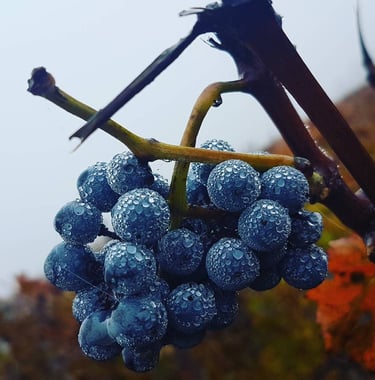What makes Argentine Malbec Distinctive
Altitude, Sun hours, Terroir and more
BLOGWINIGUIA
11/13/20232 min leer


3. Historical Development: Malbec was brought to Argentina from France in the mid-19th century. Over time, it has adapted to the local terroir and evolved differently from its French counterpart. In Argentina, Malbec tends to produce wines that are richer and more fruit-forward compared to the more structured and tannic Malbecs of Cahors in France.
4. Tasting Profile: Argentine Malbec is known for its deep color, intense fruity flavors of plum and blackberry, and softer tannins. It often has a velvety texture and can display notes of vanilla, tobacco, and cocoa, especially when aged in oak.
5. Variations Across Regions: While Mendoza is the most famous region for Malbec, other areas like Salta, Patagonia, and San Juan also produce distinct styles of this varietal. Salta, for example, with some of the highest vineyards in the world, produces Malbecs with particularly intense flavors and robust tannins.
6. Global Recognition: Argentine Malbec has gained significant popularity on the international stage, becoming synonymous with the country's wine identity. It's appreciated for its approachability, affordability, and compatibility with a wide range of cuisines.
In summary, Argentine Malbec is a testament to the unique combination of altitude, climate, and soil found in Argentina, coupled with the skillful adaptation and evolution of a grape varietal that has found its second home far from its French origins.
<<Anterior Siguiente >>
Argentine Malbec stands out in the world of wine for several unique attributes, primarily influenced by its geography and history.
Here are some key factors that make Argentine Malbec distinctive:
1. Geographical Influence: Argentina's wine regions, particularly Mendoza, where most Malbec is grown, are characterized by their high altitude. The vineyards are often located at elevations ranging from 2,000 to 3,500 feet above sea level. This high altitude contributes to a significant diurnal temperature variation, which is beneficial for the balanced ripening of grapes. It allows for intense sunlight during the day, which helps in developing the grapes' color and tannins, while the cooler nights preserve acidity and aromatic qualities.
2. Climate and Soil: The semi-arid climate and the Andes' rain shadow effect create a dry environment, reducing the risk of vine diseases common in more humid regions. The soils in these regions are often alluvial and sandy, which drain well and stress the vines, leading to more concentrated flavors.
